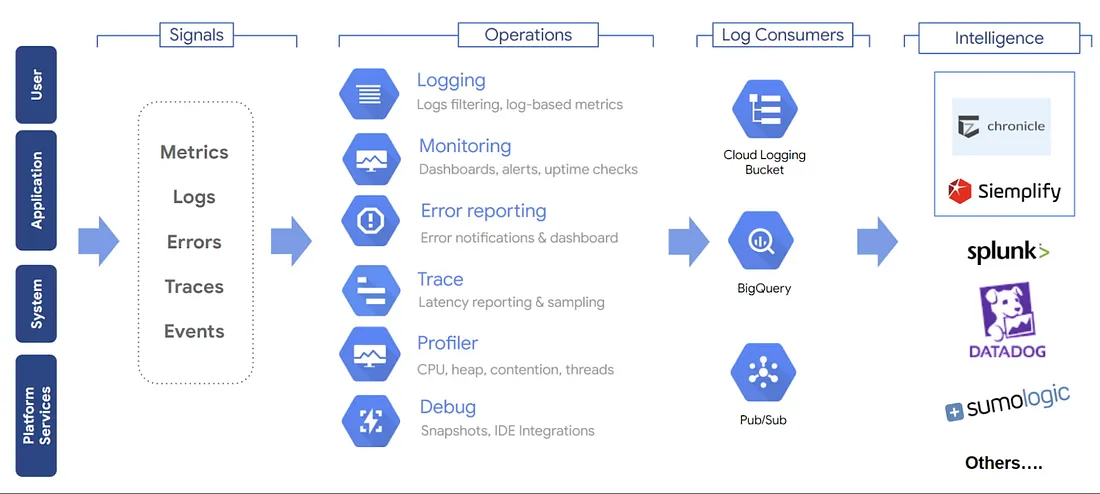The essential components of an IT audit Typically, IT audits are overseen by an organization’s IT manager or cybersecurity director (in smaller setups, these roles might be fulfilled by the business owner or head of operations). Given that the audit aims to gauge infrastructure effectiveness, and the IT manager’s responsibility revolves around ensuring this efficacy, it’s logical that the five key areas of an IT audit align closely with an IT manager’s core duties. These areas include:
- System security
- Standards and procedures
- Performance monitoring
- Documentation and reporting
- Systems development
In each of these domains, the auditor will systematically review a checklist of items for assessment. While our audit checklist encompasses the fundamental steps of an IT audit, customization may be required based on your infrastructure requirements. You might need to include additional areas or omit some listed items depending on your company’s specific needs.
Guidelines for Conducting an IT Audit While the actual IT audit typically spans several days, the groundwork commences long beforehand, as you review your calendar and strategize the scheduling of the audit.
Step 1: Planning the Audit
The initial step entails determining whether to conduct an internal audit or engage an external auditor to provide an impartial assessment of your IT systems. External audits are prevalent in large corporations or entities dealing with sensitive data. However, for most companies, an internal audit suffices and is more cost-effective to organize. For added assurance, you might establish a routine internal audit annually and engage an external auditor periodically.
During the planning phase, consider the following:
- Selection of the auditor (choosing between an external auditor or assigning an internal employee for the task)
- Determination of the audit timeline
- Establishment of preparatory processes to ready employees for the audit
Since auditors may need to liaise with various employees and team managers to comprehend your company’s IT workflows, ensure that the audit is scheduled at a time when employees are not overwhelmed with other commitments.
Step 2: Preparation for the Audit
Once you’ve outlined a general timeframe, it’s time to collaborate with your audit team to get ready for the audit itself. Here’s a checklist of items to address during this stage:
- Define your audit objectives
- Determine the audit scope, specifying the areas to be evaluated and the level of detail for assessment
- Establish a method for documenting the audit findings
- Develop a comprehensive audit schedule, allocating specific days for evaluating different departments and estimating the time each department should allocate for the audit
Remember, while a checklist is crucial, it’s not the only documentation needed for an audit. The objective is to gain a thorough understanding of your infrastructure’s vulnerabilities and devise tailored, actionable steps to address them. Therefore, a more advanced documentation system than a simple paper checklist is necessary.
Step 3: Conduct the audit
Indeed, conducting the audit constitutes only the third step in the five-step audit process. If step two was executed correctly, step three involves simply carrying out the devised plan.
However, it’s important to acknowledge that unforeseen obstacles can arise, even with meticulous planning. Therefore, this step may also entail navigating around any last-minute challenges. It’s crucial to allocate ample time to avoid rushing through the process. Missing crucial aspects during the audit would undermine its purpose entirely.
Step 4: Report your findings
Once the audit concludes, you’ll accumulate a substantial dossier comprising the auditor’s notes, findings, and recommendations. The subsequent task involves synthesizing this data into an official audit report, which serves as a reference for future audits and aids in planning for the next assessment cycle.
Following this, it’s essential to draft individual reports for the heads of each audited department. These reports should encapsulate:
Evaluation summaries
Aspects unaffected by changes
Recognized departmental strengths
Identified vulnerabilities categorized by their origin:
- Risks stemming from non-compliance with established procedures necessitate corrective measures.
- Risks stemming from previously unnoticed vulnerabilities require novel solutions.
- Inherent risks within departmental operations may not be entirely eliminable, but mitigative strategies may be proposed by the auditor.
Each identified risk should be accompanied by delineated next steps for remediation. In instances where risks are attributed to deliberate negligence, involving the HR department for guidance on addressing the issue may be prudent.
Step 5: Follow up
Let’s face it, a significant portion, if not the majority, of infrastructure vulnerabilities stem, at least partially, from human error. This same human factor can also impede the effectiveness of the solutions your team endeavors to apply in response to the risks highlighted by the audit.
Once you’ve presented your report findings, mark a date on the calendar for follow-up sessions with each team to verify the successful implementation of corrections. It’s prudent to schedule multiple follow-ups throughout the year to maintain oversight and ensure that operations run smoothly until the next audit cycle.
A thorough gap analysis will highlight any areas of concern and ways to consolidate, rationalize and make cost savings, while also uncovering ways to improve performance, productivity and efficiency across your business.
We are ready to go the extra mile to help you fight risk and keep your data safe. We offer IT audits on financial statements, that comply with IT policies and methods, IT controls as well as business stability.
Arrange a
Free IT Audit
- Quick response
- Save time & money






